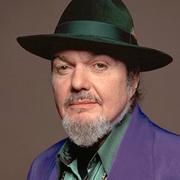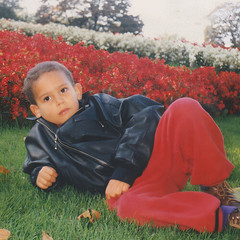Dr. John
Although he didn't become widely known until the 1970s, Dr. John had been active in the music industry since the late '50s, when the teenager was still known as Mac Rebennack. A formidable boogie and blues pianist with a lovable growl of a voice, his most enduring achievements have fused New Orleans R&B, rock, and Mardi Gras craziness to come up with his own brand of "voodoo" music. He's also quite accomplished and enjoyable when sticking to purely traditional forms of blues and R&B. On record, he veers between the two approaches, making for an inconsistent and frequently frustrating legacy that often makes the listener feel as if the "Night Tripper" (as he's nicknamed himself) has been underachieving. In the late '50s, Rebennack gained prominence in the New Orleans R&B scene as a session keyboardist and guitarist, contributing to records by Professor Longhair, Frankie Ford, and Joe Tex. He also did some overlooked singles of his own, and by the '60s had expanded into production and arranging. After a gun accident damaged his hand in the early '60s, he gave up the guitar to concentrate on keyboards exclusively. Skirting trouble with the law and drugs, he left the increasingly unwelcome environs of New Orleans in the mid-'60s for Los Angeles, where he found session work with the help of fellow New Orleans expatriate Harold Battiste. Rebennack renamed himself Dr. John, the Night Tripper when he recorded his first album, Gris-Gris. According to legend, this was hurriedly cut with leftover studio time from a Sonny & Cher session, but it never sounded hastily conceived. In fact, its mix of New Orleans R&B with voodoo sounds and a tinge of psychedelia was downright enthralling, and may have resulted in his greatest album.


 Danger Zone - Dr. John
Danger Zone - Dr. John




























![[STATION] aespa《Dreams Come True》MV Teaser - aespa (에스파)](https://img2.kuwo.cn/wmvpic/324/79/54/2120387380.jpg?imageView2/1/w/195/h/130/format/jpg/q/60)





